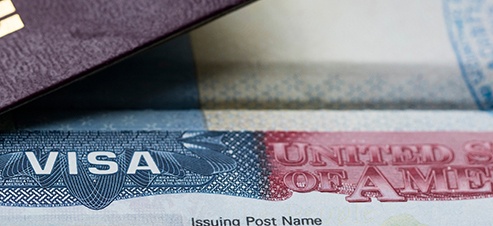
Immigration Executive Order
On Wednesday, April 22, President Trump signed an executive order: Suspension of Entry of Immigrants who Present a Risk to the United States Labor Market During the Economic Recovery Following the 2019 Novel Coronavirus Outbreak. Because the President had tweeted earlier in the week that the executive order would “ban immigration”, many were worried that there could be a complete shutdown of immigration application processing, including for guest workers already in the United States. Contrary to expectations, the executive order does not ban immigration, and is very narrow in scope.
Who is Exempt?
The executive order restricts the entry into the United States of people pursuing green cards for an initial period of 60 days. Importantly, it does not apply to:
- Lawful permanent residents (i.e., people who already have a green card)
- Green card applicants holding advance parole
- People who are already in the United States pursuing a green card
- People who already have an immigrant visa in their passport
- Spouses and minor children of U.S. citizens
- Immigrant investors (EB-5)
- Nonimmigrant worker (a.k.a. temporary or “guest worker”) petition processing
- International student visa processing
Practical Effect
So far, it appears the executive order will have little practical effect at this time. People who would have been in a position in the next 60 days to seek entry to the United States and potentially be turned away by the order would fall into two groups: (1) those who already have an immigrant visa in their passport following an interview at a U.S. embassy, and (2) those who are able to get an immigrant visa at U.S. embassy in the next 60 days. The order exempts the first group—those who already have an immigrant visa in their passport. The second group are those who have been waiting months or years for an immigrant visa interview at a U.S. embassy. However, because U.S. embassies are not taking appointments during COVID-19 closures, it is unlikely that this second group would get an immigrant visa in the next 60 days anyway.
More to Come for Nonimmigrants?
The question now is whether President Trump will sign an additional order restricting visa processing or petition approvals for nonimmigrant workers, meaning those with temporary work authorization. The executive order instructs the three agencies involved in immigration (State, Labor and Homeland Security) to “review nonimmigrant programs and recommend other measures appropriate to stimulate the United States economy and ensure the prioritization, hiring, and employment of United States workers”. Nonimmigrant programs would include H-1B specialty occupation workers, like those in healthcare, teaching and the IT industry, H-2A and H-2B seasonal workers, L intracompany transferees, TN (NAFTA) specialty workers, and others.
Delays in Processing
Unfortunately, because the U.S. embassies are closed for interviews and likely will be for several more weeks, there will inevitably be delays in overall visa processing. Also, USCIS has suspended “premium processing” of all visa petitions, so the normal route for expediting work visa petitions is not available. As a result, employees planning to transfer jobs this summer or fall should prepare for a longer than usual wait for their petition approval and visa.
We will update this site as new developments arise.
